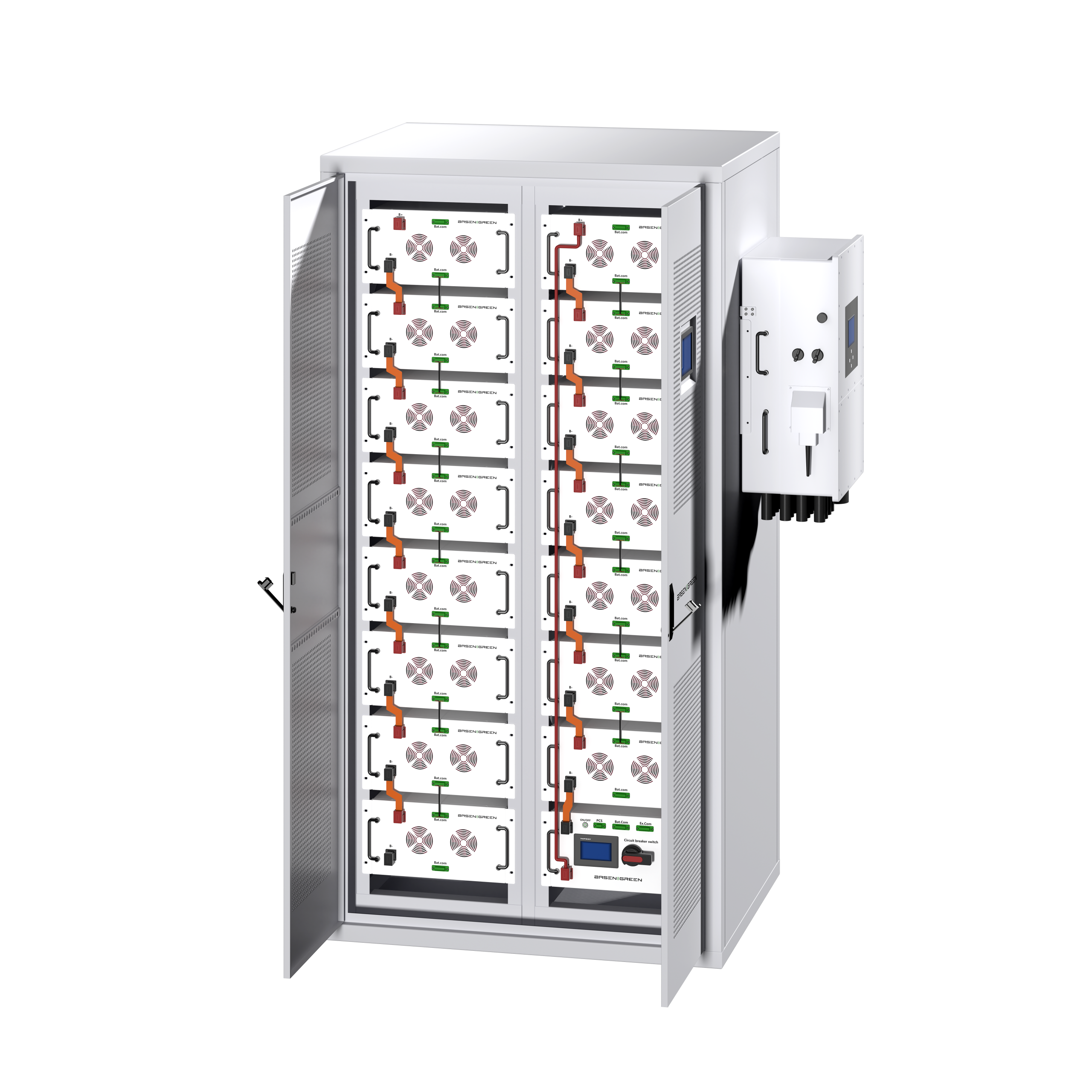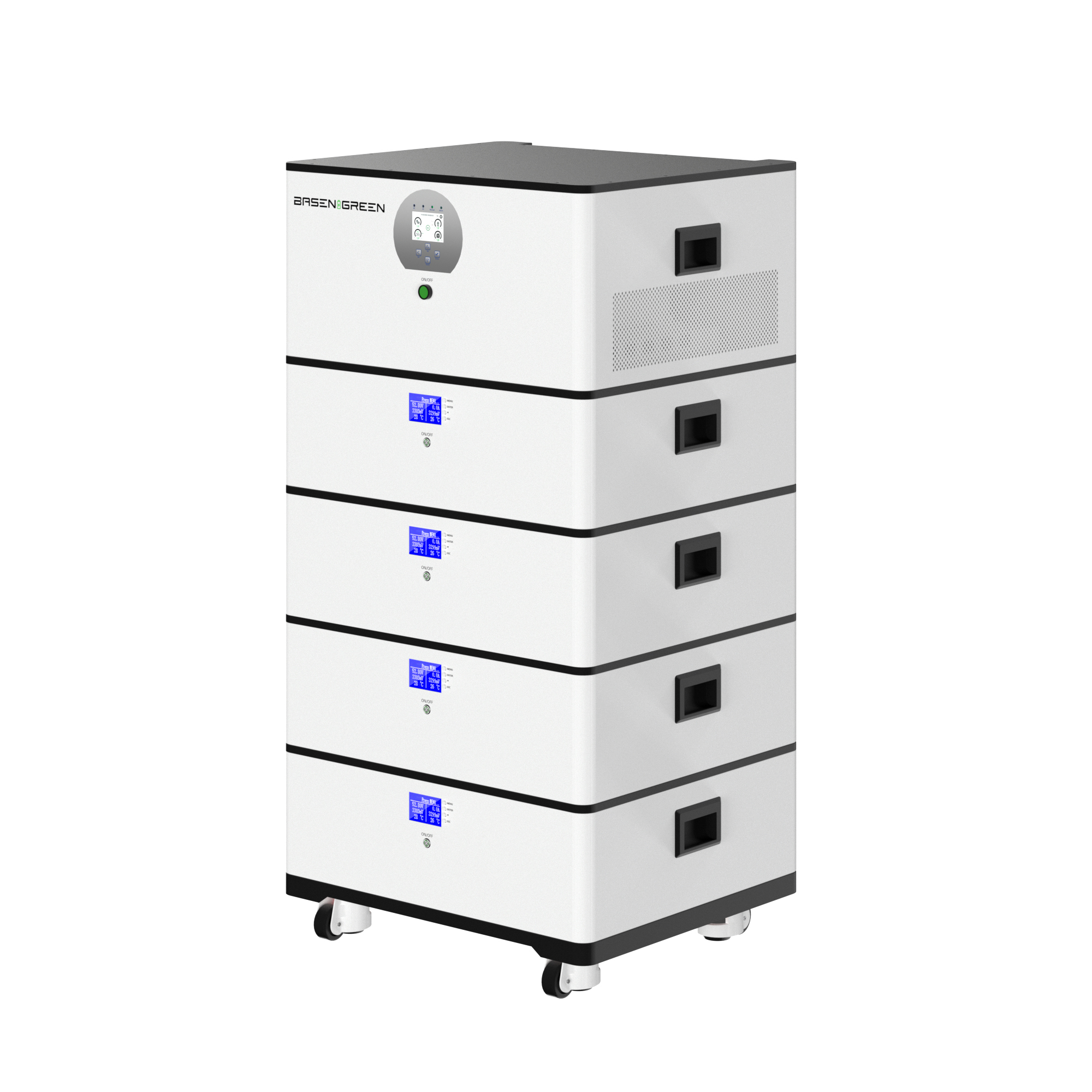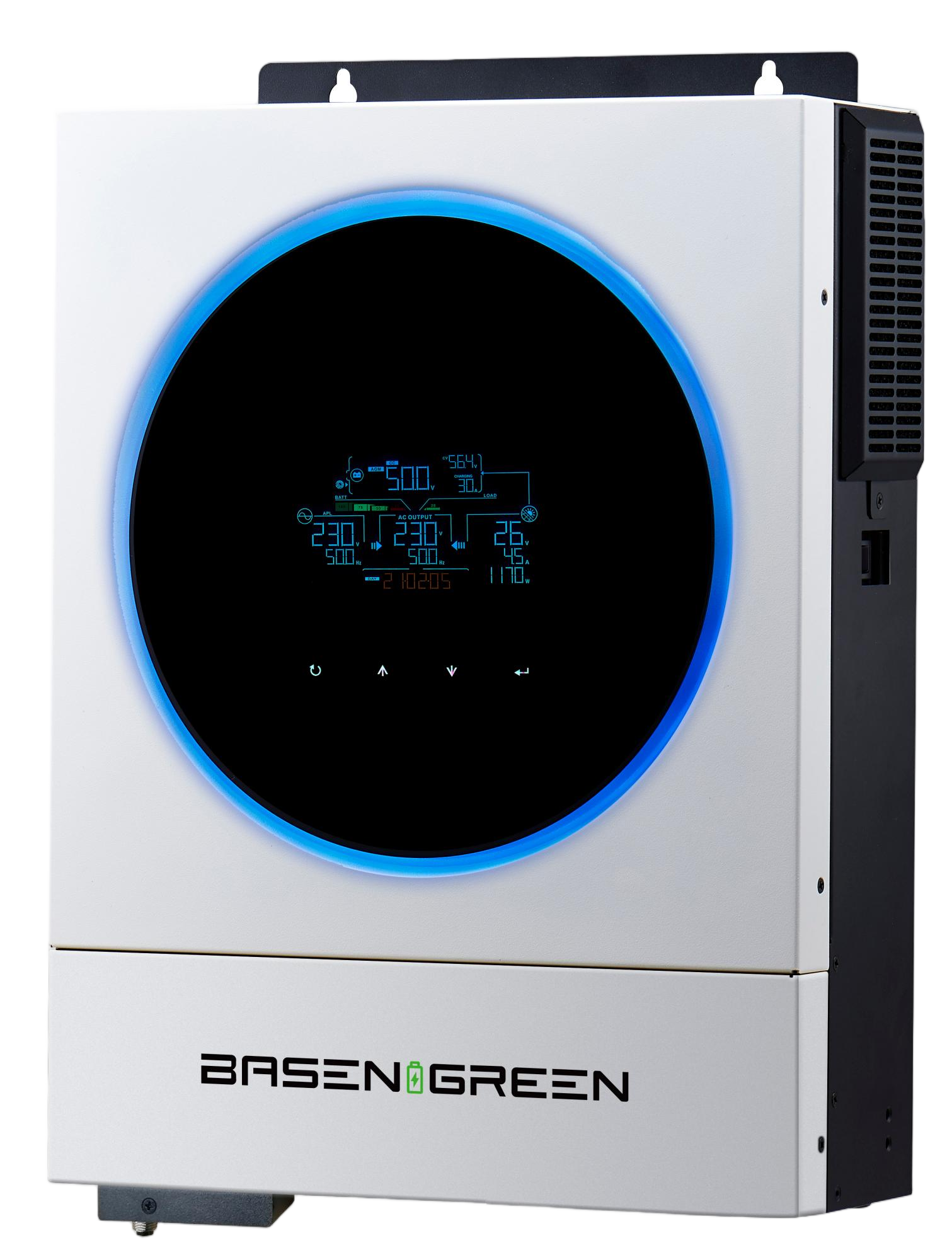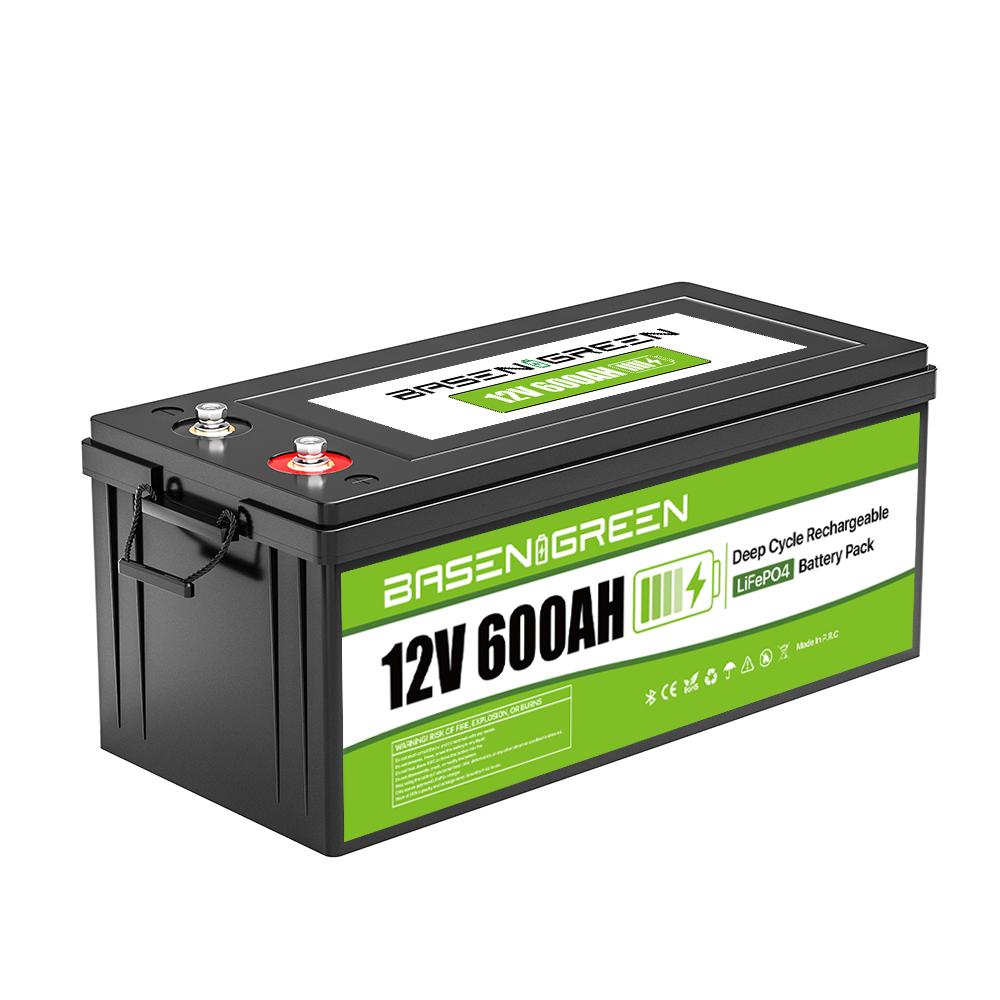Best Practices for Cooling High Voltage Industrial Batteries
High voltage industrial batteries are critical components in various applications, including renewable energy storage, electric vehicles, and industrial machinery. These batteries operate under demanding conditions, and proper cooling is essential to ensure their efficiency, longevity, and safety. , we will explore best practices for cooling high voltage industrial batteries, focusing on the importance of thermal management and the various methods available.
Why Cooling Matters
High voltage industrial batteries generate significant heat during operation, especially during charging and discharging cycles. Excessive heat can degrade battery performance, reduce lifespan, and pose safety risks such as thermal runaway. Effective cooling ensures that the batteries operate within their optimal temperature range, which is typically between 20°C and 40°C. Maintaining these temperatures helps maximize energy efficiency, prevent thermal stress, and extend the overall life of the battery system.
Common Cooling Methods
1. Air Cooling
Air cooling is one of the most straightforward and cost-effective methods for cooling high voltage industrial batteries. This approach uses fans or natural airflow to circulate air around the batteries, removing heat and keeping temperatures in check. While air cooling is simple to implement, it may not be sufficient for high-power applications where large amounts of heat are generated. In such cases, additional cooling methods may be required.
2. Liquid Cooling
Liquid cooling is a more efficient method for managing heat in high voltage industrial batteries. This technique involves circulating a coolant, such as water-glycol mixtures or oil, through channels or plates near the batteries. The coolant absorbs heat from the batteries and is then cooled separately. Liquid cooling is particularly effective for high-power applications and offers precise temperature control. However, it requires additional infrastructure, such as pumps and heat exchangers, which can increase costs and complexity.
3. Phase Change Materials (PCM)
Phase change materials, such as paraffin wax or salt hydrates, are used to store heat by undergoing a phase transition (e.g., from solid to liquid). PCM-based cooling systems can absorb significant amounts of heat without a drastic temperature rise, making them suitable for applications where thermal stability is crucial. While PCM cooling is efficient, it may not provide real-time cooling and is often used in conjunction with other methods.
4. Direct Liquid Submersion
In this method, the batteries are submerged directly in a non-conductive liquid coolant, such as fluorinated oils. Direct liquid submersion provides excellent thermal conductivity and can handle high heat loads. However, this method requires specialized battery designs and poses challenges in terms of maintenance and scalability.
Choosing the Right Cooling Method
The choice of cooling method depends on several factors, including power requirements, space constraints, budget, and desired performance. For small-scale applications, air cooling may suffice, while larger systems may require liquid cooling or PCM-based solutions. It is also possible to combine multiple cooling methods to achieve optimal results.
Monitoring and Maintenance
Even the best cooling system will fail to deliver if not properly monitored and maintained. Regularly checking the temperature of the batteries, ensuring the cooling system is functioning efficiently, and addressing any issues promptly can prevent thermal runaway and extend the life of the battery system. Advanced monitoring systems, such as thermal imaging and data logging, can provide valuable insights into the performance of the cooling system.
Future Trends in Battery Cooling
As high voltage industrial batteries continue to evolve, so too will the methods for cooling them. Emerging trends include the use of advanced materials, such as graphene-based coolants, and innovative cooling architectures, such as microchannel cooling systems. Additionally, the integration of artificial intelligence and machine learning into cooling systems is expected to improve thermal management by optimizing cooling performance in real-time.
Proper cooling is essential for ensuring the efficiency, safety, and longevity of high voltage industrial batteries. By understanding the various cooling methods and selecting the most appropriate one for your application, you can optimize battery performance and achieve reliable operation. As technology advances, new cooling solutions will continue to emerge, offering even greater efficiency and effectiveness.






